QuestionHi Jill, I'm wondering if you can give me your opinion on the behaviour of my 9 month old Neapolitan mastiff male. He is a well socialised dog, particularly with other dogs but also humans, however due to recent lameness in his leg, I have been advised by my vet to opt for low exercise (short on the lead walks only). We would usually prefer to take him to off the lead dog exercise areas where he can meet other dogs, play and interact with everyone and everything. While on the lead he seems unrelaxed and quite anxious, especially in busy areas with cars and people walking past etc. He doesn't get agressive but he does get scared and trys to pull and walk faster. When he pulls, I stop and wait for him to relax before continuing on our walk. When he's walking nicely and appears relaxed, I give him heaps of verbal praise. I'm just wondering whether you think it's good for me to continue on with this sort of training (we've been doing lead walks only for about two weeks now) or whether I'm doing more damage than good - will he eventually get used to this type of walk if I continue to repeat the experience for him? My concern is that he doesn't exhibit this sort of anxiety towards people/noises etc when he is off the lead and I've started to wonder if he actually feels more unsafe on the lead. We didn't get him til he was 10 weeks old and I have since found out that he was whelped out of the home (away from the hustle and bustle of living etc) and they lived on a farm so it was quite quiet with no street noise etc. Do I persevere with this and continue to walk him in unfamiliar places so that he will get used to new sights and sounds or could there be something else going on? Am I doing anything wrong? Because of his size, people often stare, quickly move away and sometimes flinch as we walk past (quickly pull their hands out of reach for example) and he gets quite easily frightened and and startled by these sorts of sudden movements. I feel like I need to put him in these situations as often as possible to show him that he doesn't need to be scared but am interested in your advice. Many thanks Jill.
AnswerAt nine months of age, your dog's window of opportunity vis a vis socialization has slammed shut; his reaction on leash appears to be the result of not the restraint, per se, but (perhaps) your own insecurity and certainly (as you describe it) the reaction of people as he approaches them. I suggest you take this dog to less populated areas. The overwhelming cacophony of traffic, and the onslaught of "strangers" is what is called "flooding"; he's obviously not doing well (although your instinct to stop and wait is quite good.) One thing you have to understand (the advice of the late, great John Fisher): You know what you're trying to TEACH, but you have to know what the dog is LEARNING. You're flooding him, he's overwhelmed, people are reacting out of fear (idiotic, I know) because of his size (and this is further confusing and frightening him) and you may inadvertently be rewarding his FEAR experience.
Because of his physical limitation (at present), I suggest you look around CAREFULLY for an obedience experience (group, dogs and people). Absolutely REQUIRE positive reinforcement training (NO choker collars, NO coercion, NO "discipline", NO yelling, NO forcing). Get credentials from the trainer and ask for mutliple references AND CHECK THEM carefully. If you find a suitable trainer, AUDIT one or two training sessions before taking your dog there. FEEL COMFORTABLE with what you're seeing: are the dogs under control, are out of control problem dogs allowed (not good), is positive reinforcement always used, are the people and dogs working and learning happily and well? Don't SETTLE for less than this. If you find a good trainer and a good group, take your dog into it; he will learn that on lead interaction with other dogs and people is FUN and positive; he will learn that the leash is a POSITIVE physical and psychological restraint; he will learn to work for reward and his confidence will increase. Until then, limit your walks to less populated areas and increase this population very, very slowly. Read John Fisher's "Think Dog" and visit Karen Pryor's web site on positive training: ClickerTraining.com. Learn how to recognize stress in your dog so you don't inadvertently reward it by reading Turid Rugaas' "Calming Signals"; your dog's orthopedic injury might also be causing him pain, and attempting to avoid a fearful experience by rushing away might be adding more pain, which is complicating what he is "learning" in populated areas.

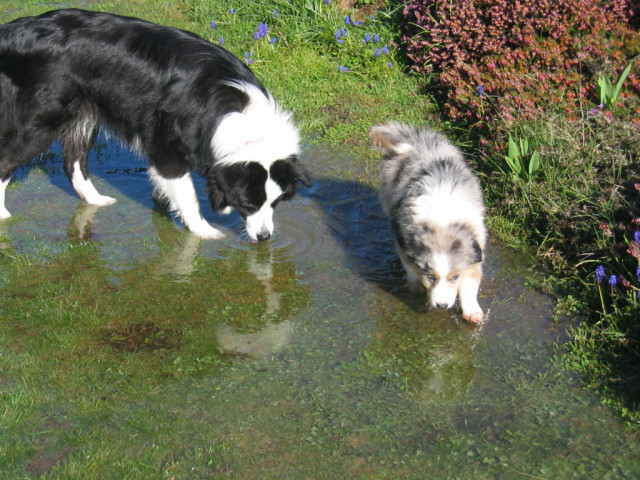 Dog in Heat?
QuestionLily and Jorge
QUESTION: Hello,
We have
Dog in Heat?
QuestionLily and Jorge
QUESTION: Hello,
We have
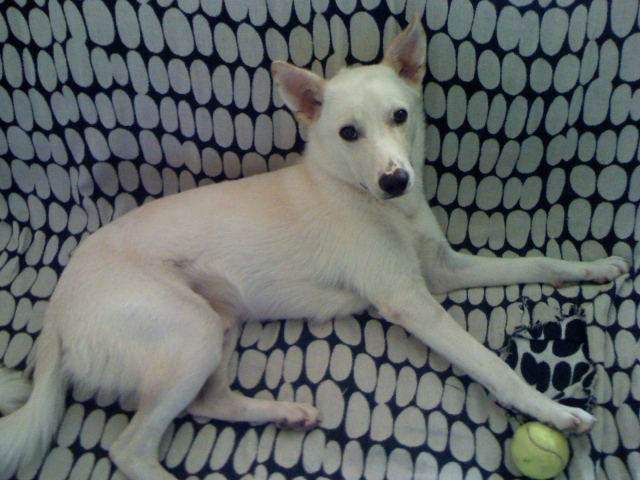 Dog walking problems
Question
Snickers
I have been trying to train my dog SN
Dog walking problems
Question
Snickers
I have been trying to train my dog SN
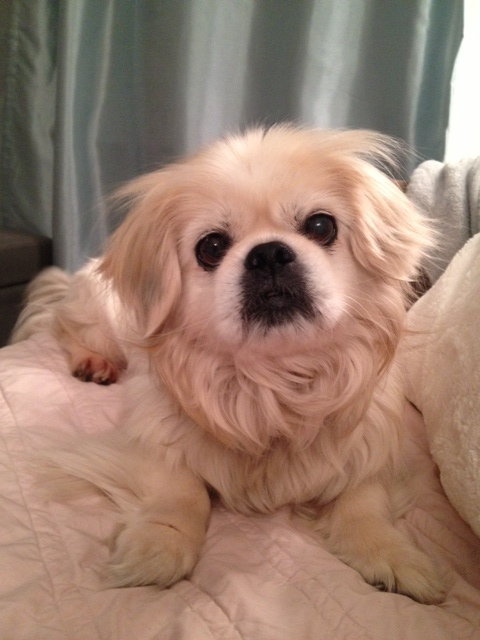 Nightmares?
Question
Beethoven
Hi Melissa, Ive had my very h
Nightmares?
Question
Beethoven
Hi Melissa, Ive had my very h
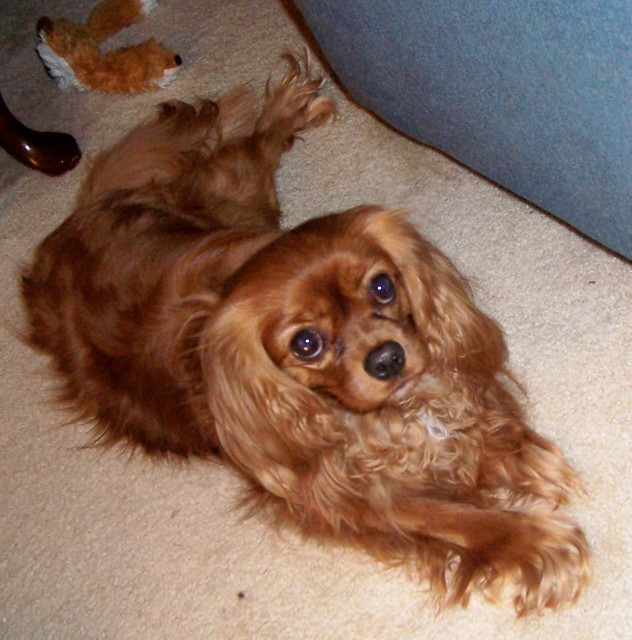 Dog light and shadow chasing
Question
Jenni
My 3 year old Cavalier King Charles Span
Dog light and shadow chasing
Question
Jenni
My 3 year old Cavalier King Charles Span
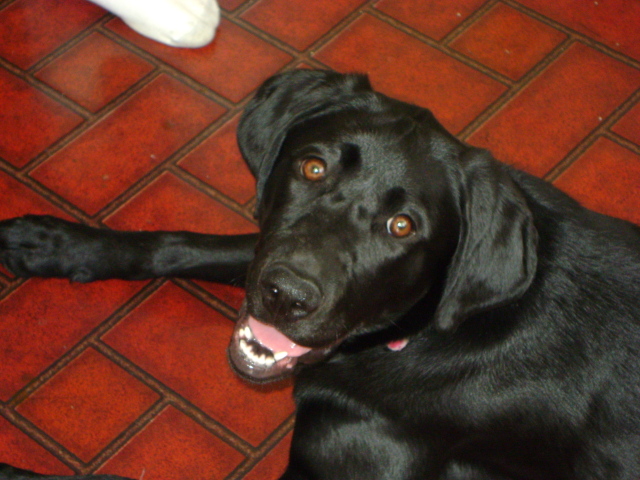 Black lab - 1 yr
QuestionSheba
QUESTION: My lab loves to bite her
Black lab - 1 yr
QuestionSheba
QUESTION: My lab loves to bite her